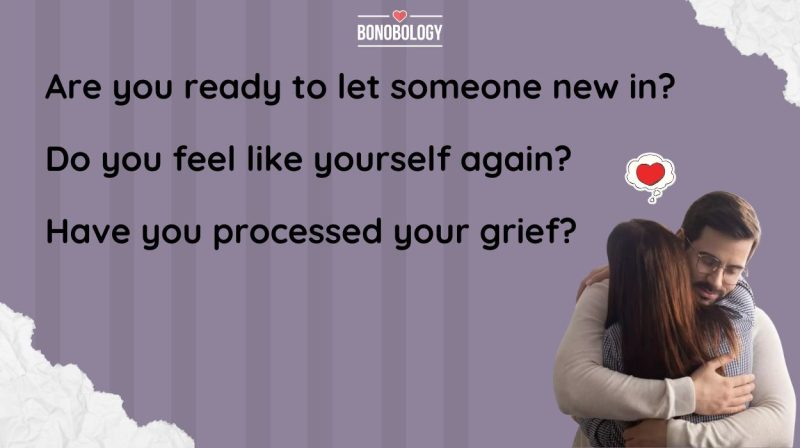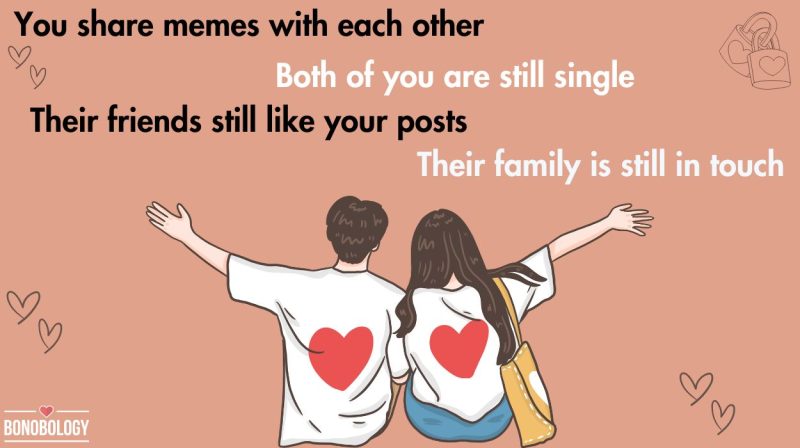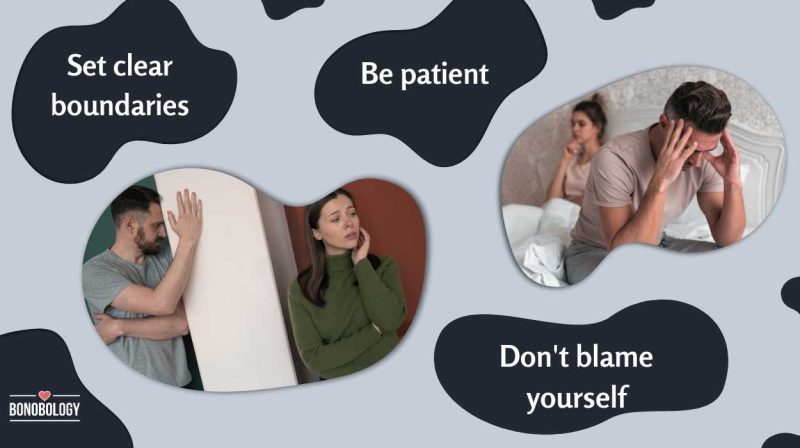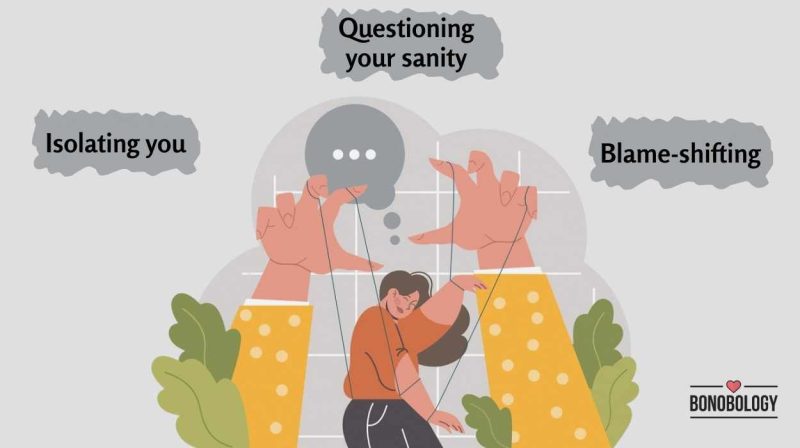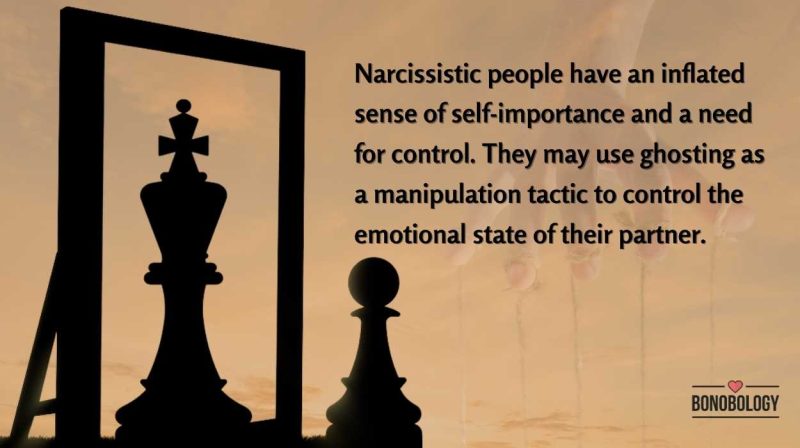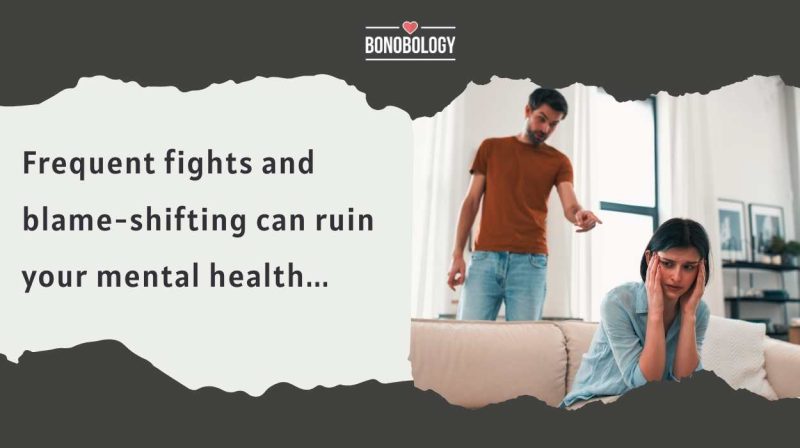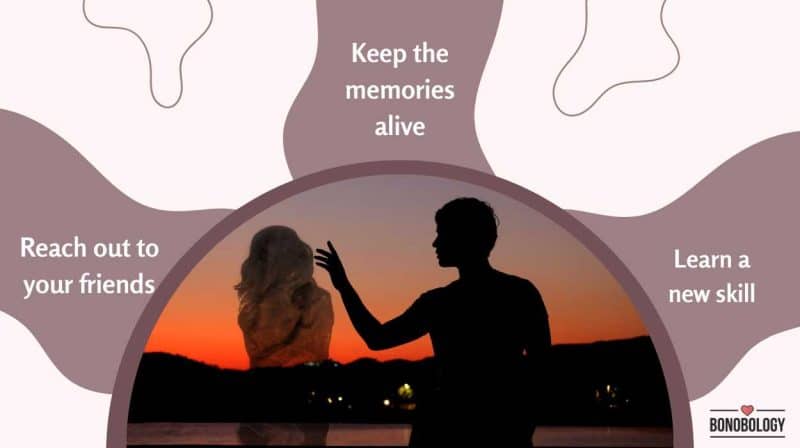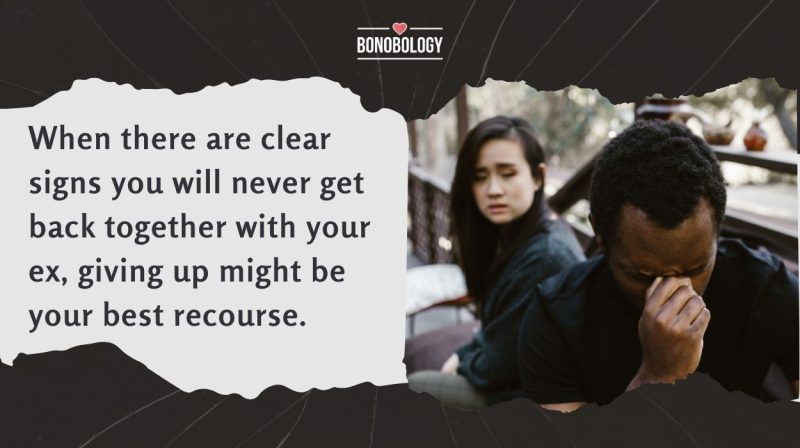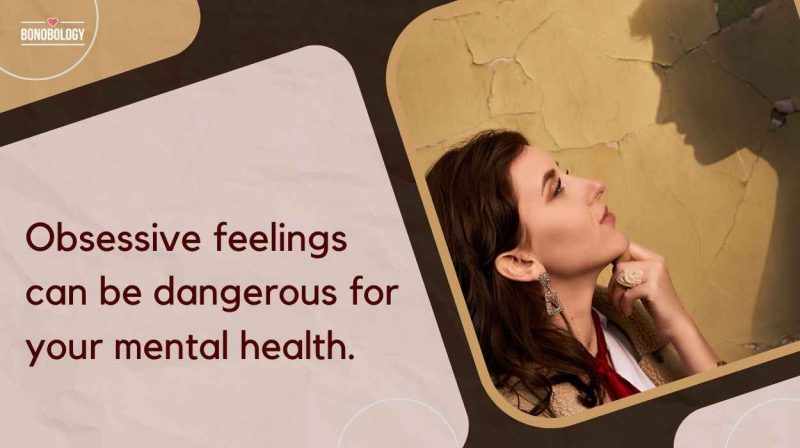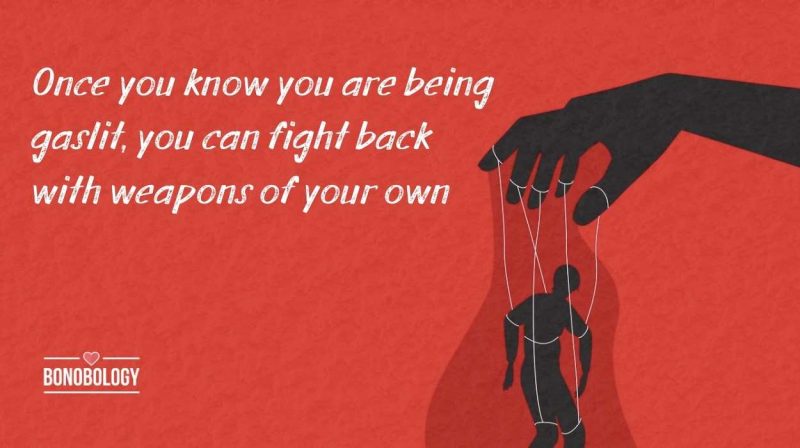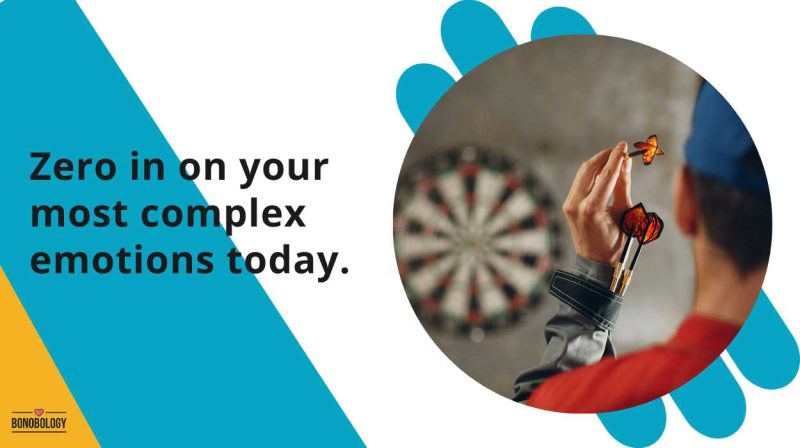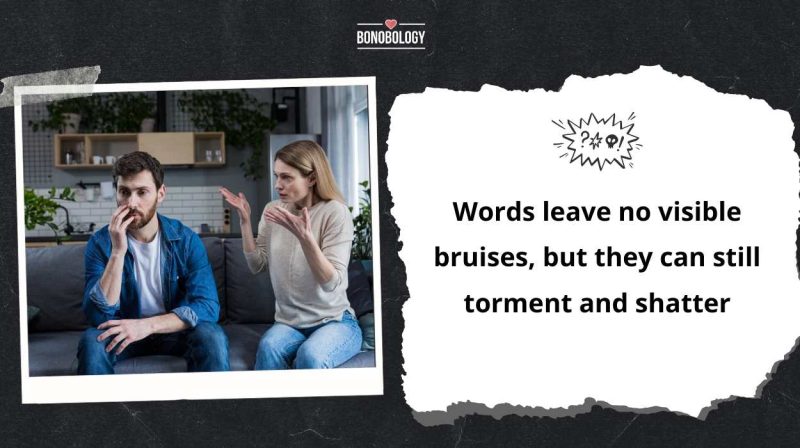Love isn’t all about magic and sweet nothings, it’s also about power play. No, we aren’t being cynical. Interestingly, power dynamics in relationships largely determine whether the love will last. So, what are relationship dynamics? How are they related to balance of power in relationships? Well, knowingly or unknowingly, every couple plays power games, often resulting in imbalanced relationships.
We mostly see one partner dominating the other, with the latter willingly suppressing their desires in exchange for what they consider love. There are also those who snatch power from their partners in abusive or manipulative ways. So, what happens when a partner wants to have more power in the relationship? While total equality in relationships is just a utopian dream, at times, it becomes necessary to manage these equations. So, how do power and control issues in relationships manifest? Let’s find out with insights from counseling psychologist Kavita Panyam (Masters in Psychology, International Affiliate with the American Psychological Association), who has over two decades of experience in relationship counseling.
Kavita says, “Struggle for power occurs in relationships all the time. Couples can go to great lengths to test who brings more love to the table. There are also cases where having power over someone gives people a ‘high’. In such cases, one enjoys watching the anguish on their partner’s face as they curtail their feelings.” Simply put, there are various ways in which people in love showcase power and control in relationships.
What Is A Power Dynamic In A Relationship?
Table of Contents
When the term ‘power dynamics’ is used in the context of relationships, it actually points out how balanced or imbalanced the relationship is. At the very basic level, the term ‘power dynamics’ means the manner of influencing or directing the behavior of others in a particular way. Kavita notes, “If someone is madly in love with their partner, a feeling of supremacy comes over and rules their actions. And then, what starts off as a game can end in despair.”
So, what are relationship dynamics in our daily lives? Examples of power dynamics in everyday life are not found in major events. They lie in the little differences in expectations and attitudes and eventually boil down to negotiations, like in business deals. Each partner comes with their own set of beliefs and behavioral patterns. And each wants the other to change to their tunes. Let’s look at some examples:
● A person may play hold and cold with a reject a romantic interest even if they like the other person just to have the upper hand
● If one partner earns significantly more than the other, they would want to control all the finances and have the upper hand in handling expenditure. This aggravates the already-existing financial differences in relationships
7 Signs of Skewed Power Dynamics In A Relationship
While we speak of power dynamics, it’s important to find out if you’re in a relationship with skewed or imbalanced power dynamics. Any form of imbalance of power in a relationship or marriage has the potential to disrupt peace, cause rifts, and eventually spell an end to your loving bond. While dominant–submissive partnerships seem better equipped to handle the ups and downs of life, the hidden trauma and wounds in such relationships may stifle the submissive partner and ruin the relationship in the long run.
Besides, a study found that couples in relationships with a marked balance of power tended to have happier relationships. So, let’s look at a few signs of power imbalance in relationships that may be ruining your bond with your partner.
1. You’re walking on eggshells
You’re walking on eggshells when you’re always scared or traumatized that anything you say or do may be misinterpreted by your partner, or that your partner may react negatively or aggressively to your opinions or your demands and needs. This is an example of a skewed relationship.
Partners who adjust to such situations are often those feeling powerless in a relationship. They may also be holding back emotionally in a relationship. In such cases, you might end up shoving your relationship issues under the carpet to please your partner instead, as you may be avoiding your partner’s:
- Blaming and shaming
- Verbal or physical abuse
- Critical or disparaging comments
- Threats to leave the relationship
Related Reading: 13 Signs Of A Controlling Woman
2. You’re not part of important decisions
In healthy relationships, each partner consults the other before making decisions. In skewed relationships, however, one partner may wish to assert their importance by not including the other in major decisions. Here are some such examples of submission in relationships:
- When your husband decides whether you should have a child
- When your wife decides how much of your earnings you should allocate for future savings

3. You have no privacy
So, if your partner goes through every email or text sent to you or barges into your room when you’re in an online office meeting, without respecting your personal space, you basically have no privacy. This is a clear sign of power imbalance in relationships.
4. Your partner doesn’t discuss topics that concern you
In a power-imbalanced relationship, your partner may not spend his time and energy in discussing things that matter to you. So, you will see a considerable lack of effort in the relationship from their end. This could be their way of letting you know their time matters and yours doesn’t. In such cases, whenever you bring up topics that are of importance to you, your partner may:
● Be defensive and say they’re looking into it
● Be dismissive and say you’re overthinking
● Change the topic
● Make excuses and say they’re busy
● Tell you that you’re nagging
Related Reading: Drawing The Line Between Love And Privacy In A Relationship
5. Your partner has the last word
Be it leaving the room when you argue or putting you down in an argument by picking on your insecurities and proving their point, your partner may be trying to assert their power in the relationship if they wish to always have the last word. This is a major sign of power imbalance in the relationship.
6 You’re often isolated
When your partner tries to use anything that you tell them as an excuse to criticize you or make you feel bad about yourself, you will see yourself getting distant and isolated. This is a clear sign that you’re in a power-imbalanced relationship.
7. They don’t have any accountability
When your partner wishes to assert dominance of power in the relationship, they will not take responsibility or accountability for their actions. So, if anything goes wrong in the relationship or because of their actions, they will not own up and it will always be your fault. This lack of responsibility in a relationship points to skewed power dynamics.
3 Most Common Types Of Power Dynamics In Relationships
Incidentally, power dynamics in relationships are not set in stone. Power, on its own, cannot be termed good or bad. It’s the impact of power on a relationship that makes all the difference. Ultimately, what matters is how your partner makes you feel. Power dynamics meaning boils down to: do you feel empowered enough to grow and remain happy and content? Or do the power games make you stressed out? Understanding power dynamics in relationships means taking note of the various ways in which couples negotiate power.
Likewise, to have healthy power dynamics in relationships, a certain amount of equality is essential, as unequal relationships usually don’t stand the test of time. So, now that we have read about some examples of power dynamics in everyday life, in this section, we’ll delve deeper into such equations. And in case you’re wondering how to change the power dynamic in a relationship, we will not just look into the 3 major
types of relationship dynamics but will also find out how to balance power dynamics in a relationship.
Related Reading: Power Struggle In Relationships – The Right Way To Deal With It
1. Demand–withdrawal
One of the most common of the three types of power dynamics in relationships is the demand–withdrawal type. In such a power dynamic, one partner serves as the ‘demander’,while the other is the ‘withdrawer’. So, the demander continues to ask for something, while the withdrawer doesn’t meet the demander’s expectations and keeps ignoring their demands, often giving them the silent treatment or dismissing their concerns. Demands, in this case, need not be major. They could be simple daily tasks.
In fact, a study states, such an imbalance in a relationship may be linked to depression in married couples. Besides, in most romantic and intimate relationships, such demand–withdrawal patterns can be seen in sexual and affectionate gestures too. Or it may just be about not responding to a partner’s emotional needs. Here are some such instances when spouses engage in the demand-withdraw pattern:
● If a woman keeps asking her husband to clean up after him and stop being messy, and he keeps ignoring her
● When a husband keeps asking his wife to detach from social media and focus on ‘couple time’ but is ignored every time
How to strike a balance
So, what should you do if you’re stuck in an imbalanced demand–withdrawal power dynamic? Let’s see how to get power back in a relationship in such situations in a healthy way:
● Have an open and honest talk: Communication is important in relationships and especially in such situations. Discuss mutual expectations and decide on the issues or shortcomings you wish to address. Foster a deeper connection by talking things out
● Develop trust: Most often, such an imbalance is caused by mistrust. You may not trust your partner’s intentions or excuses and then react. So, try and develop trust by being open your actions and emotions
● Maintain a boundary of mutual respect: Create healthy relationship dynamics by maintaining healthy boundaries about what is allowed and what is not. For instance, you can make shouting and the silent treatment a strict no-no in the relationship. Or, you can decide to resolve all discord before going to bed. It’s all about maintaining mutual respect

2. Distancer–pursuer
The distancer–pursuer dynamic is another major type of power dynamic. This is when one person cares more in a relationship. In this dynamic, one partner assumes the role of a pursuer, trying to get more intimate with the other, while the other becomes the distancer, who isn’t too comfortable with the pursuing. What makes this different from the demand–withdrawal dynamic is that it’s more about fostering connection than on taking the upper hand in the relationship. This dynamic is largely based on a person’s:
So, how to change the power dynamic in a relationship where one partner pursues, while the other partner distances? Well, the power dynamic in such situations can be balanced by:
● Attachment style: If one partner has had a supportive upbringing, where their parents have validated them, they grow up as confident adults, while people who have been raised by dismissive parents, end up being distant, due to the fear of rejection
● Love language: Two partners in a relationship may have different ways of showing love. So, one of them may show their love and care by calling and texting them throughout the day, while the other may express love through acts of service or physical
touch, gestures that may go unnoticed, leading the pursuer to cling on to the distancer even more
Related Reading: The 5 Types Of Love Languages And How To Use Them For Happy Relationships
How to strike a balance
● Being empathetic: Try and gauge the situation from the other person’s point of view. Understand that no two people are alike, and even in loving relationships, there may be a few differences.
● Trying to reach a middle ground: When both partners try and adjust a bit, things become easier. So, the pursuer can tone it down a bit and let the distancer breathe easy. This will not let the partner get smothered in the relationship. Likewise, the distancer too can try and be a little more responsive
3. Fear–shame
The third major power dynamic, the fear–shame dynamic is apparently not intentional but stems from instinct. It’s usually when the fear of one elicits shame in the other, and it can be complex. It’s based on the following factors:
● Unresolved past trauma: A past trauma or emotional baggage may cause a person to be scared of their partner. And this fear, in turn, may make the partner feel that they’re unable to make their significant other feel safe
● Personal insecurities: One may just be dealing with their own inferiority complex, which may cause them to be aggressive toward the other partner, inducing fear in them
● Physiological factors, such as hormone levels: Males (testosterone-driven) are more aggressive and thus induce fear in women. Similarly, men feel ashamed if they show emotions. But in being excessively aggressive, they may make their partners feel insecure and scared and, in turn, be ashamed for not being able to be their savior
Related Reading: Is Guilt-Tripping In Relationships A Form Of Abuse?
How to strike a balance
You can control the fear–shame power dynamic by:
- Identifying the triggers: It’s important to locate what the fear or shame stems from and take responsibility for your reactions. You must identify the triggers, be it childhood trauma, lack of confidence, or body-image issues
- Trusting your partner: Trust in a relationship is extremely important. You should also have faith in your partner and open up about your insecurity or trigger. It’s key to healthy power dynamics, meaning you need a trusting partner who will not mistreat you for opening up about your weaknesses
- Consulting a counselor: If you believe the psychological issues that’s causing the fear–shame power dynamic are too severe, try talking to a counselor or a couples therapist. There’s no alternative to expert advice
Key Pointers
- When we talk about power dynamics in a relationship, we speak of which of the two partners asserts dominance and tries to control the other
- There are many signs of skewed power dynamics in relationships, such as lack of privacy, not consulting a partner before making decisions, isolation, and the feeling of walking on eggshells. The dominating partner may also not take responsibility for their actions or may want to have the last word. Unless the power differential in relationships is balanced, the relationship is unlikely to be happy
- Understanding power dynamics in relationships requires knowledge of the 3 major types of relationship dynamics: demand/withdrawal, distancer–pursuer, and fear–shame, and each can be managed differently
- The essence of a healthy relationship lies in equal distribution of power
The dynamics of a relationship can play a huge role in the mental and overall health of the partners involved. So, we hope we have been able to offer some clarity regarding power dynamics in relationships and how they work. We also hope you will now be able to maintain a healthy balance of power and thus have a happier, stress-free relationship. Remember, a relationship should be about mutual respect and trust and never about dominating one’s partner or about manipulating the power structure. So, ditch the power play and focus on your partner’s needs.
FAQs
Power and control in relationships are often asserted by the more dominant partner. It is reflected in who has the bigger say in the decision-making process, money matters, and personal issues.
Yes, power and control issues in relationships can be changed. And there are multiple solutions to address the power differential in relationships, if you’re wondering, “how to change the power dynamic in a relationship.” This will happen when the submissive partner, or the partner being controlled, learns to draw boundaries. Not giving in to your partner’s demands all the time is necessary to change the power dynamics in a marriage or a relationship. You can also have an open and honest communication about what you want and what you are willing to give.
If the dynamics of a relationship are skewed, it may not last long. There will be too many conflicts and differences of opinion, which may eventually result in each person wanting to have the last word. Thus, an energy shift in relationships is crucial in such cases, just to maintain the relationship in the long run. And balance of power is important to maintain peace and sanity in relationships, rather than keeping a score of who has more power.
12 Things To Do When Your Husband Chooses His Family Over You
22 Ways To Know If A Guy Secretly Loves You, But Is Too Shy To Admit It
Your contribution does not constitute a charitable donation. It will allow Bonobology to continue bringing you new and up-to-date information in our pursuit of helping anyone in the world to learn how to do anything.


